In the minutes of May 3 meeting, RBA revealed that three options on interest rate hikes were considered, including 15bps, 25bps and 40bps.
Raising the cash rate by 15bps was not preferred “given that policy was very stimulatory and that it was highly probable that further rate rises would be required.” And argument for 40bps “could be made given the upside risks to inflation and the current very low level of interest rates”.
But the preferred option of was 25bps, as “a move of this size would help signal that the Board was now returning to normal operating procedures after the extraordinary period of the pandemic”




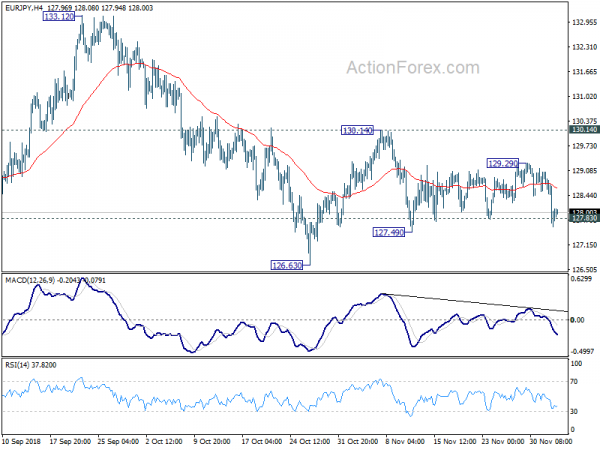
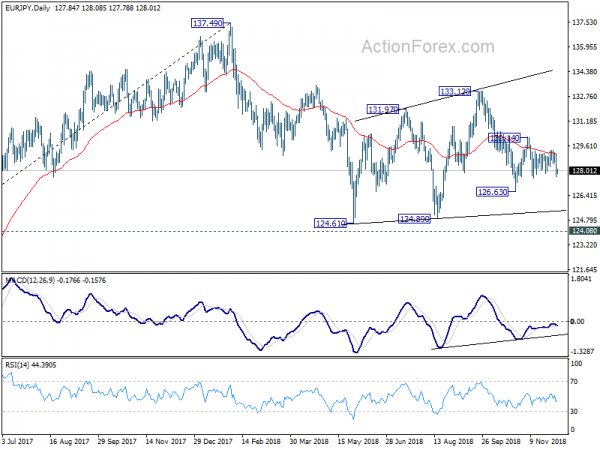
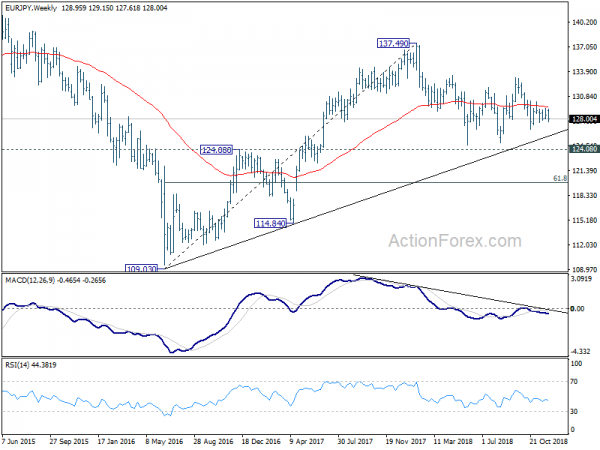
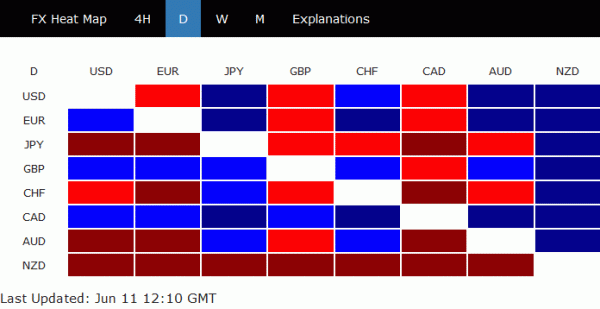
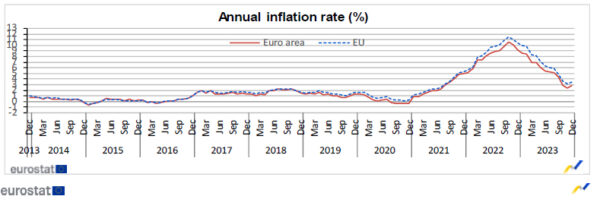
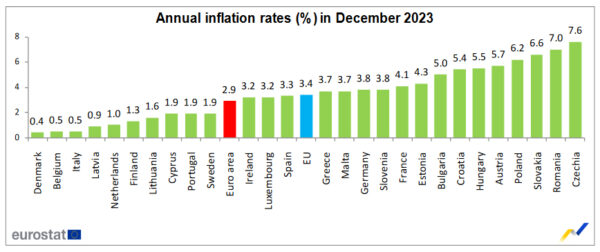

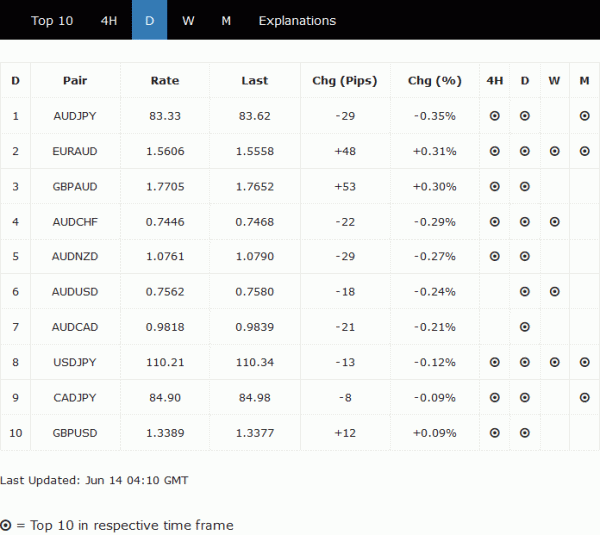
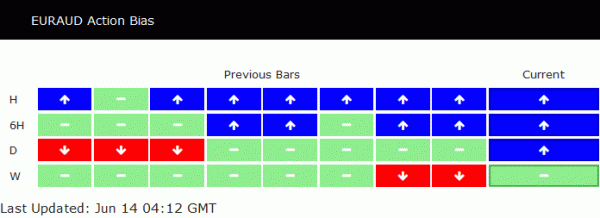
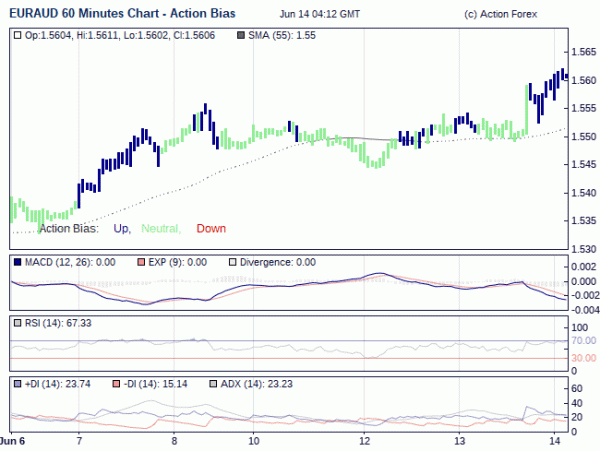
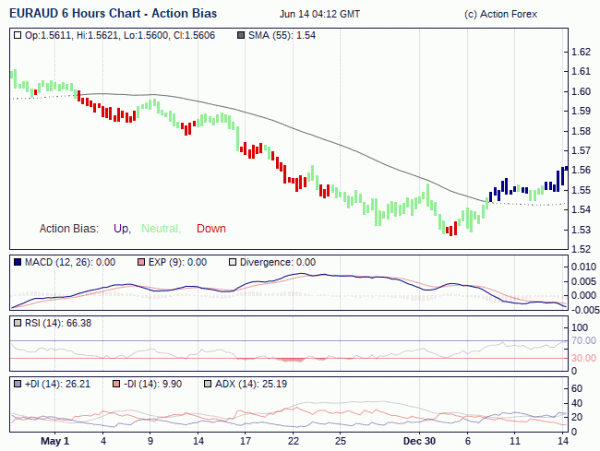
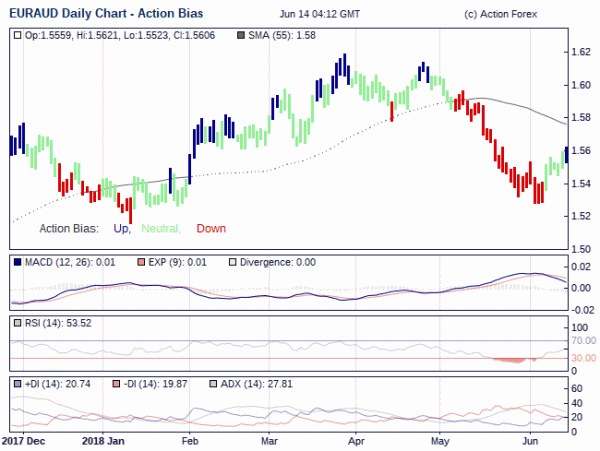
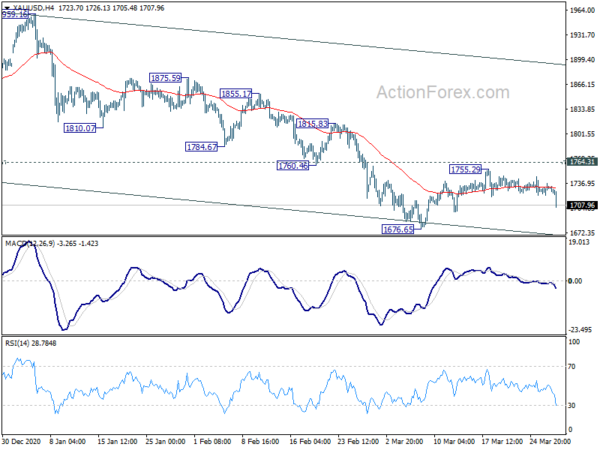
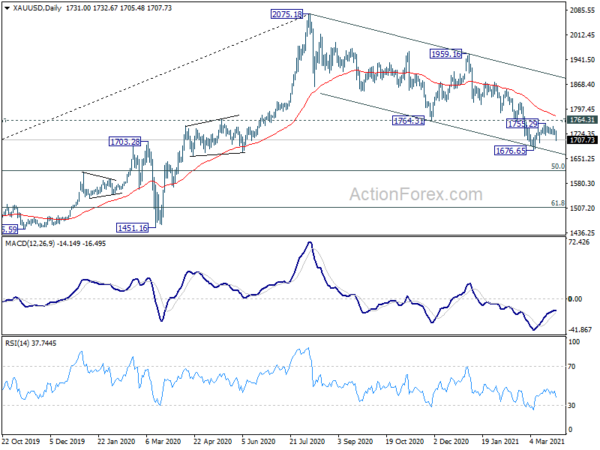
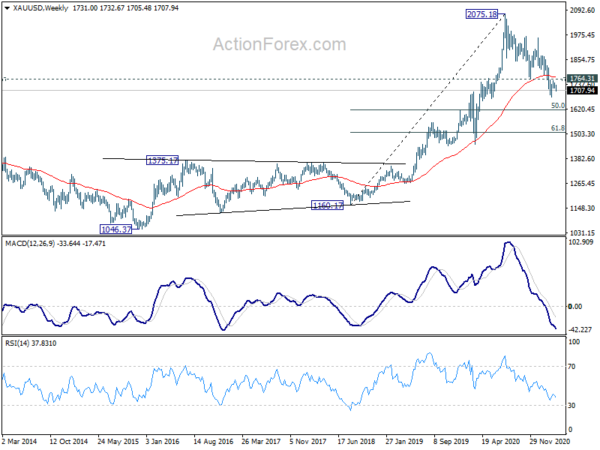
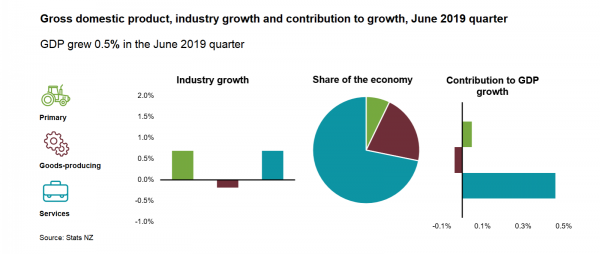
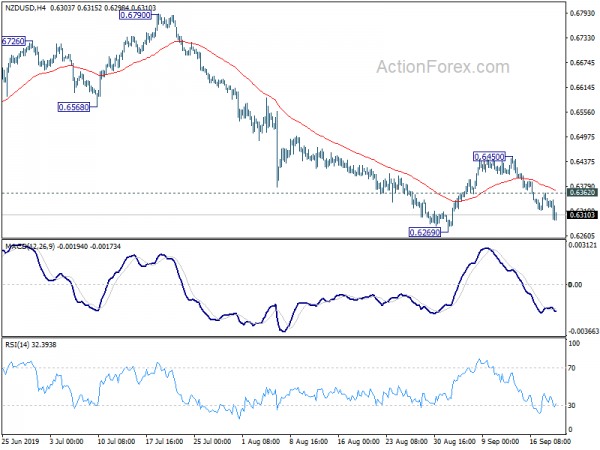
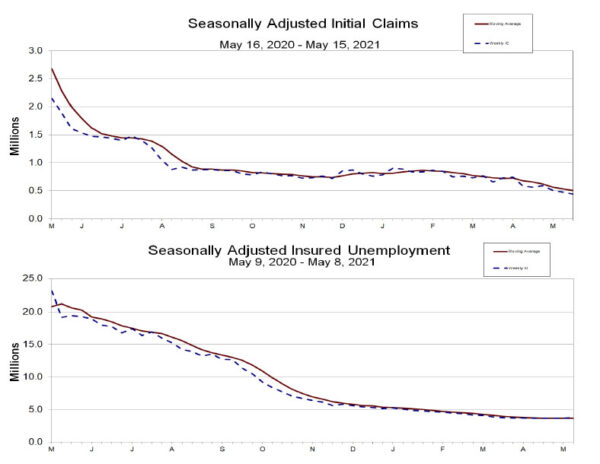
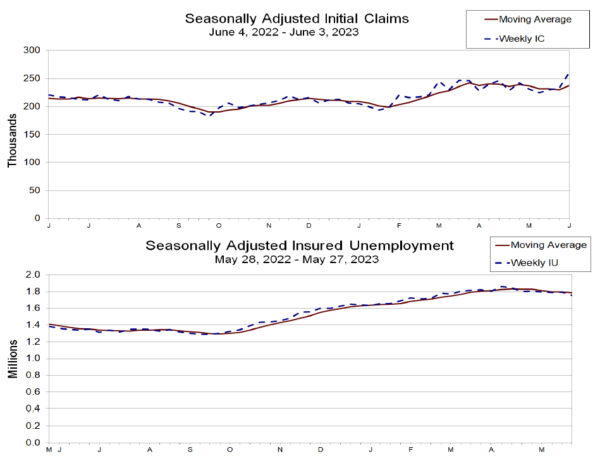
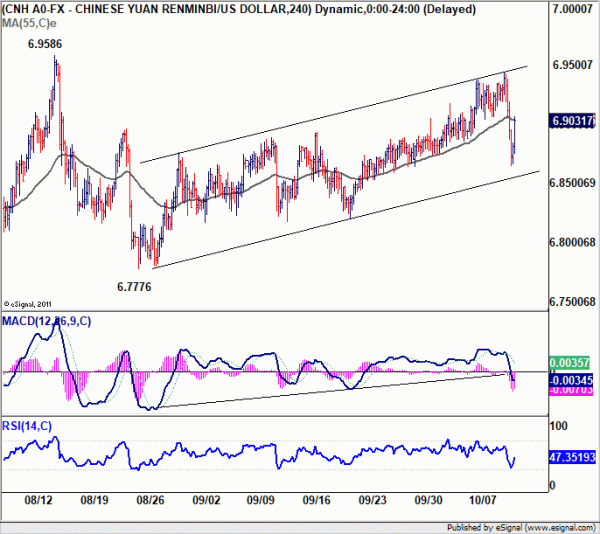


US Ross: Very good chance to get a reasonable settlement that China can live with
US Commerce Secretary Wilbur Ross expressed his optimism on US-China trade negotiation in a CNBC interview. He said “there’s a very good chance that we will get a reasonable settlement that China can live with, that we can live with and that addresses all of the key issues. And to me those are immediate trade. That’s probably the easiest one to solve,”
Regarding the slowdown in China, Ross said it’s a “big problem in their context of having a very big need to create millions of millions of jobs to hold down social unrest coming out of the little villages”. And that could create a “real social problem. But he added, regarding the slowdown, he is “not happy nor guilty. We expected this would happen.” But, “what has changed is China now understands how independent they are on us.”
US delegation is having the second day of trade talks in Beijing today.